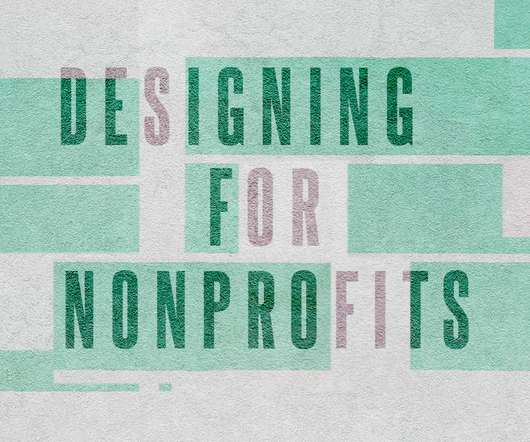Getting in on the Act: New Report on Participatory Arts Engagement
Museum 2.0
NOVEMBER 8, 2011
Last month, the Irvine Foundation put out a new report, Getting In On the Act , about participatory arts practice and new frameworks for audience engagement. I've often been asked about examples of participatory practice in theater, dance, and classical music, and this report is a great starting point.





































Let's personalize your content